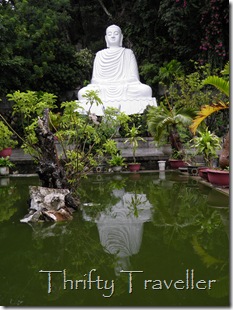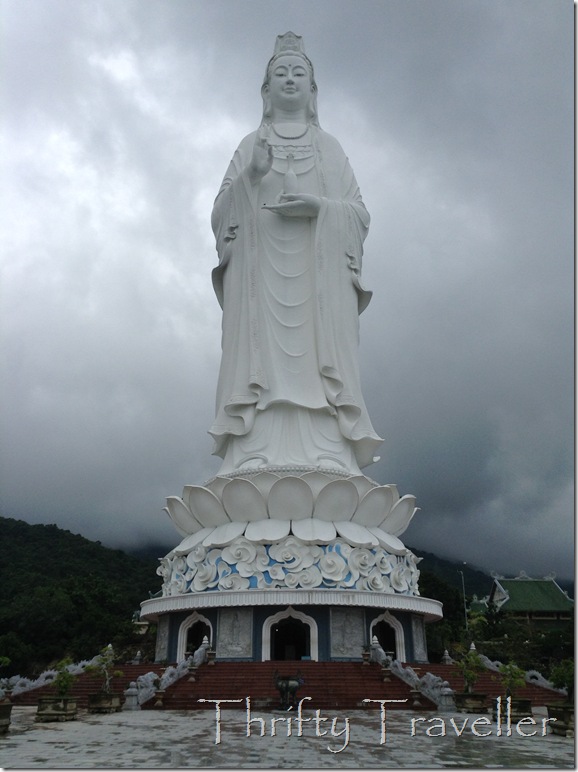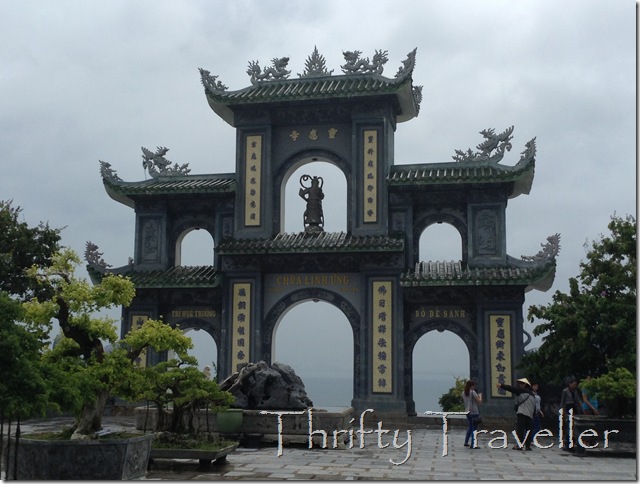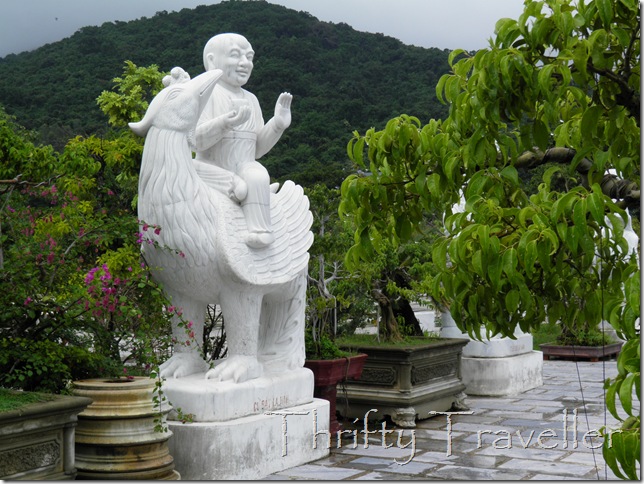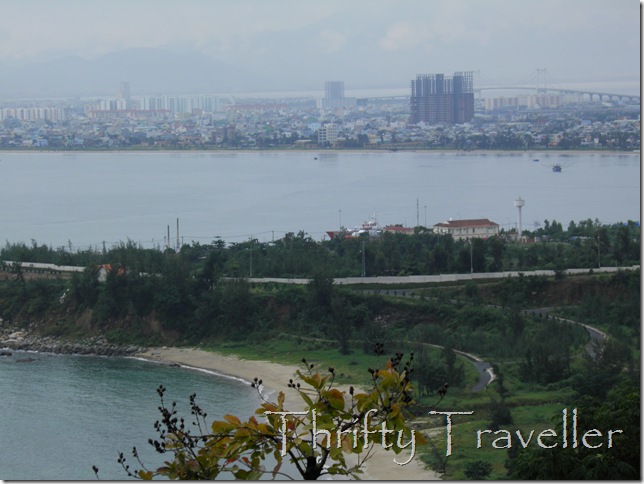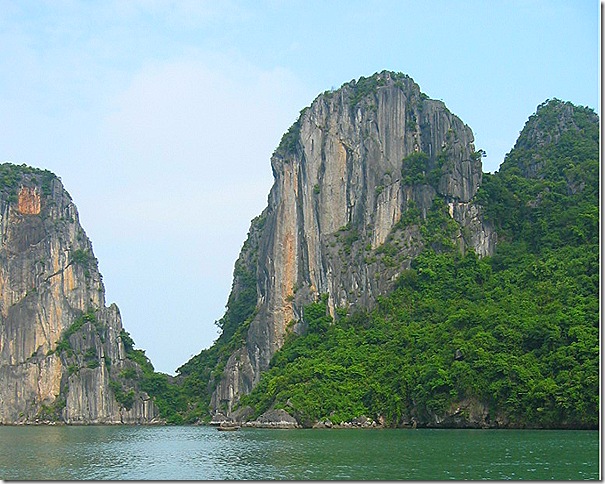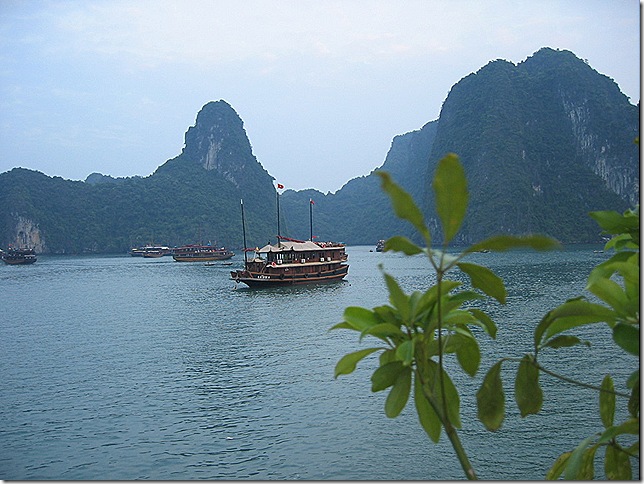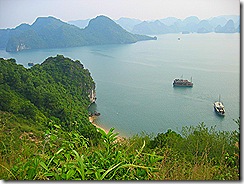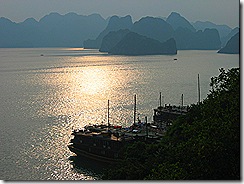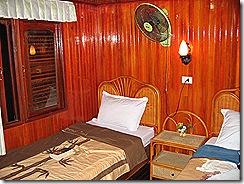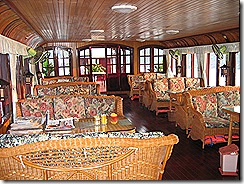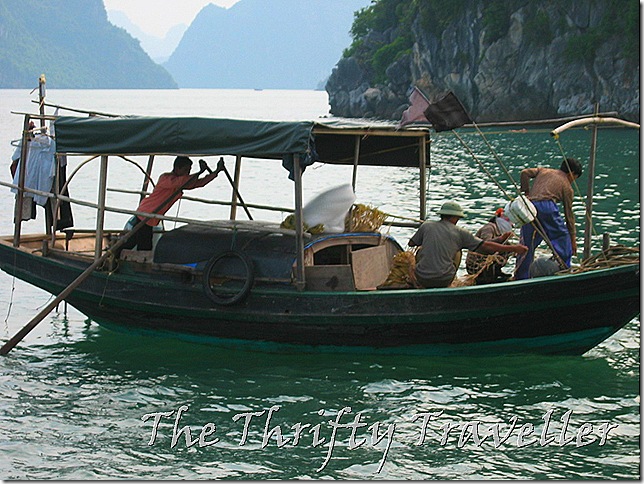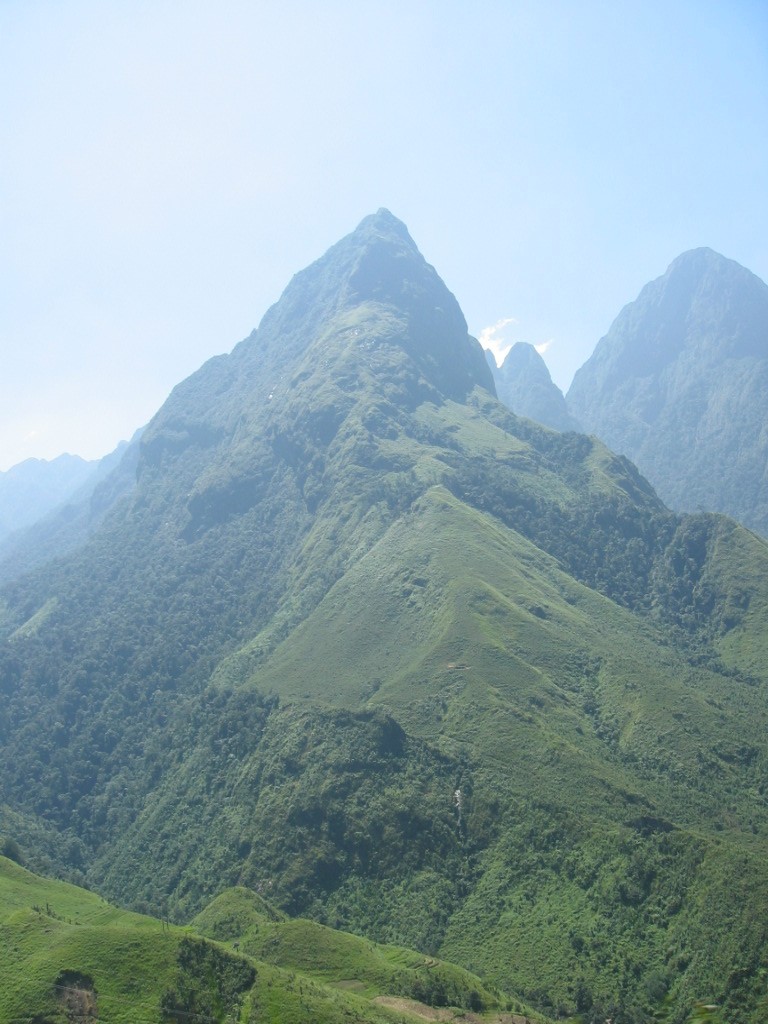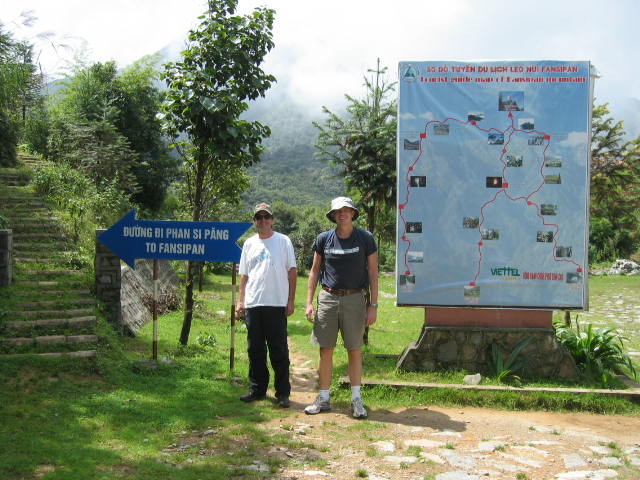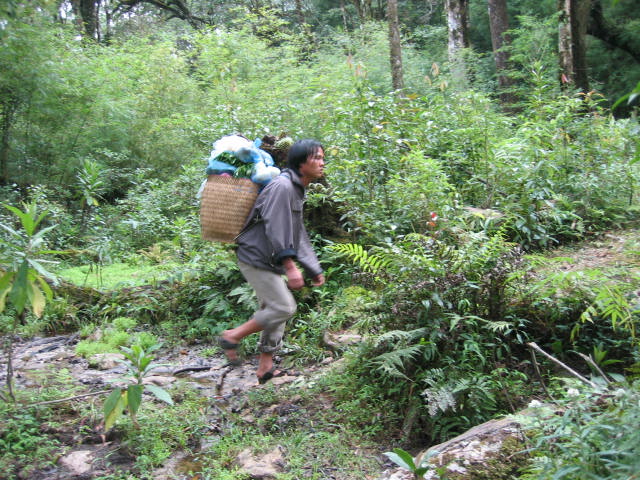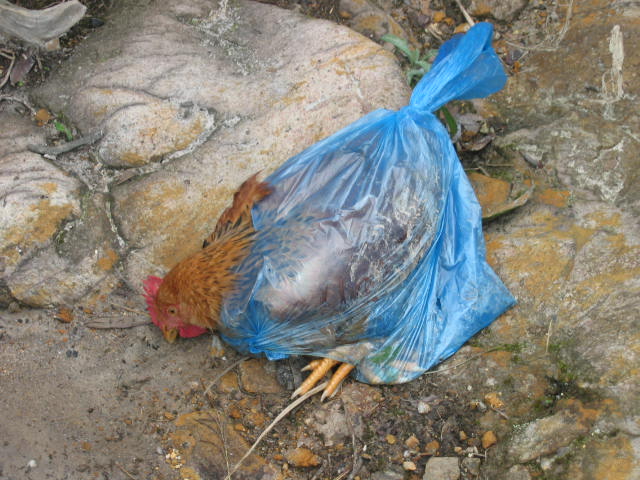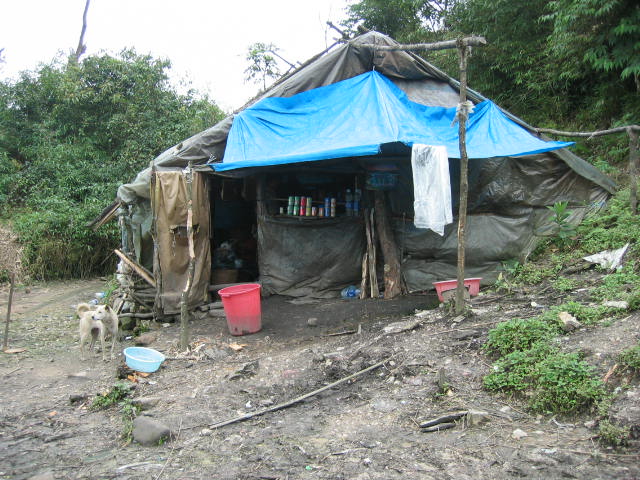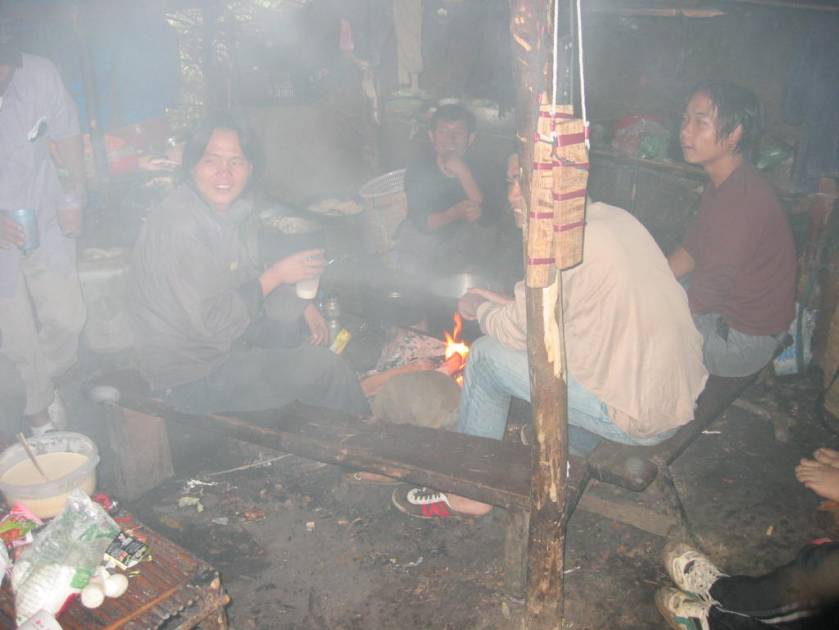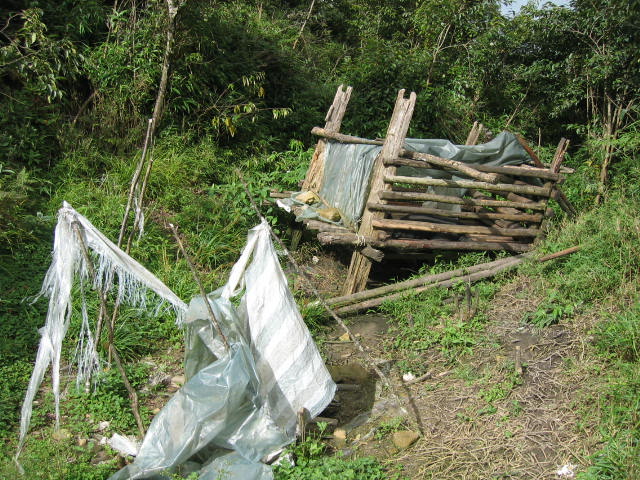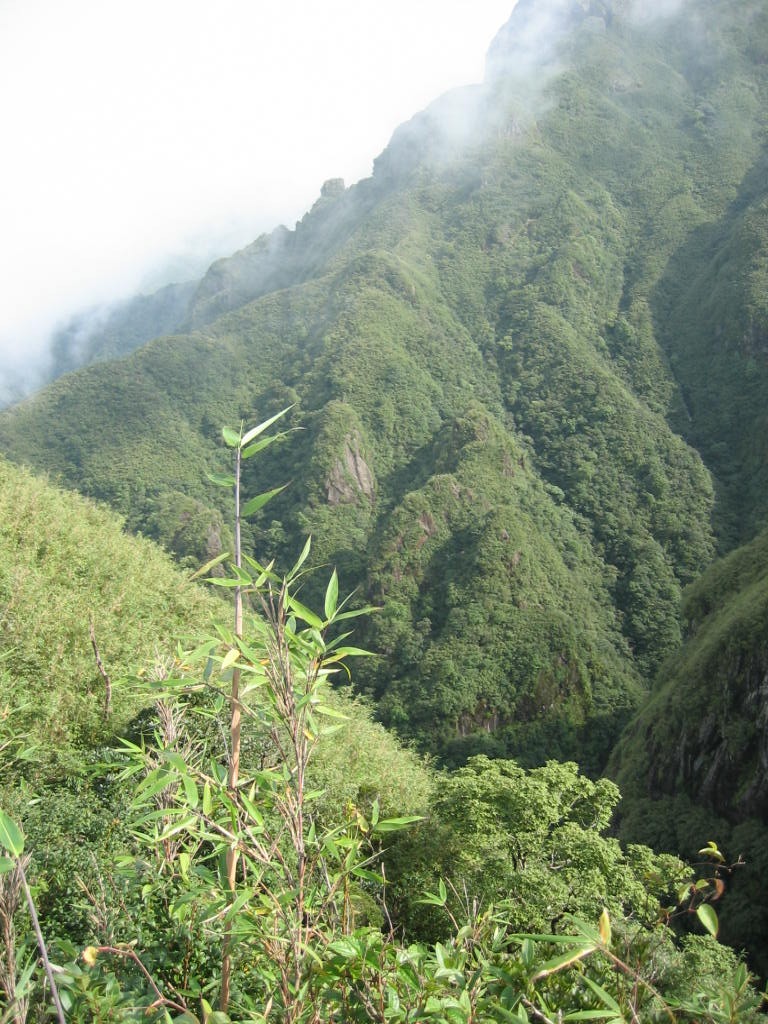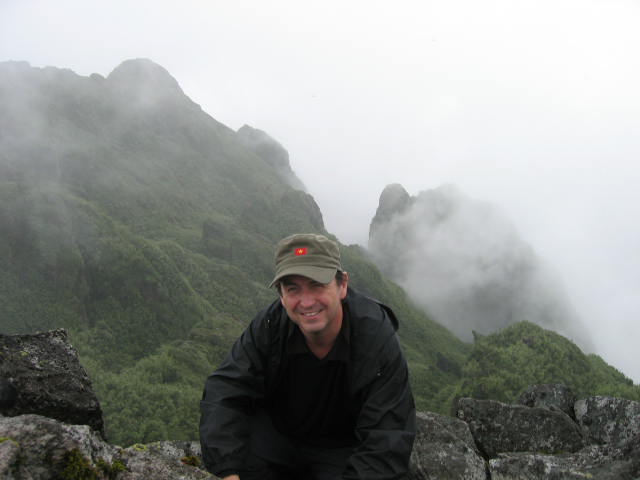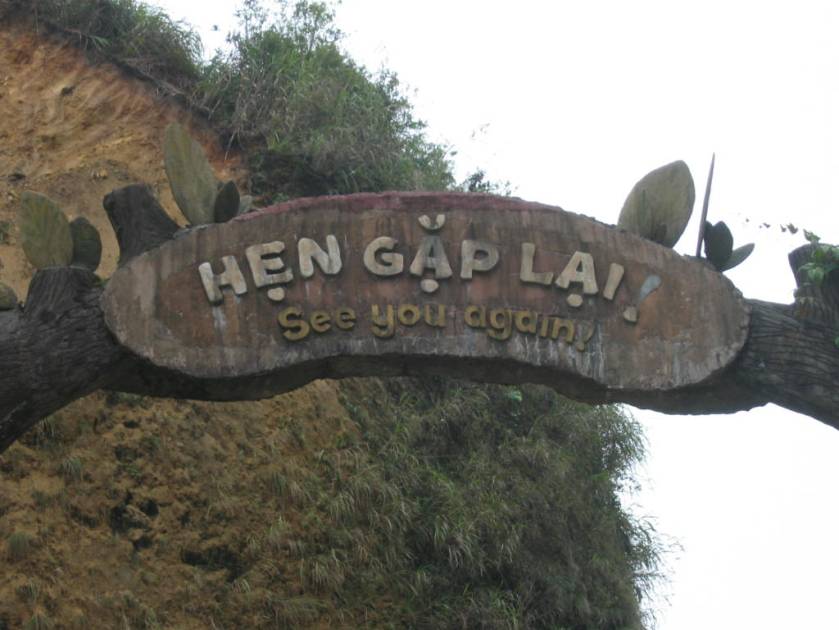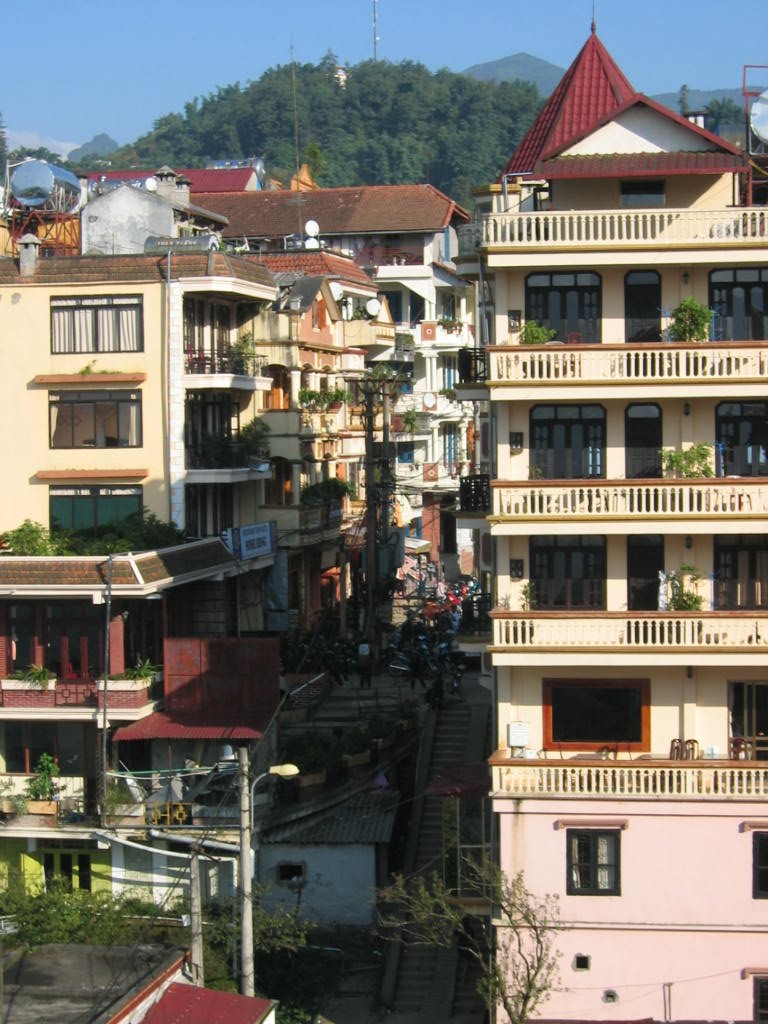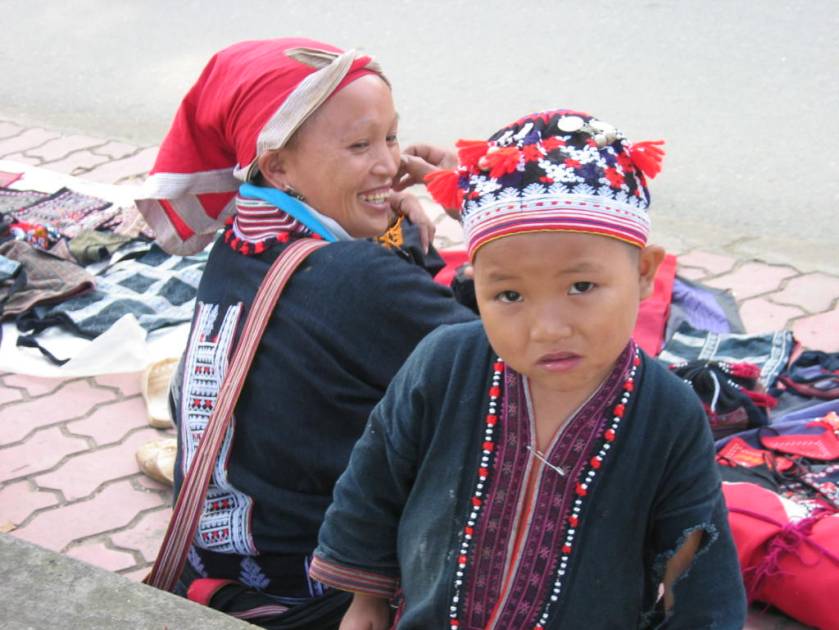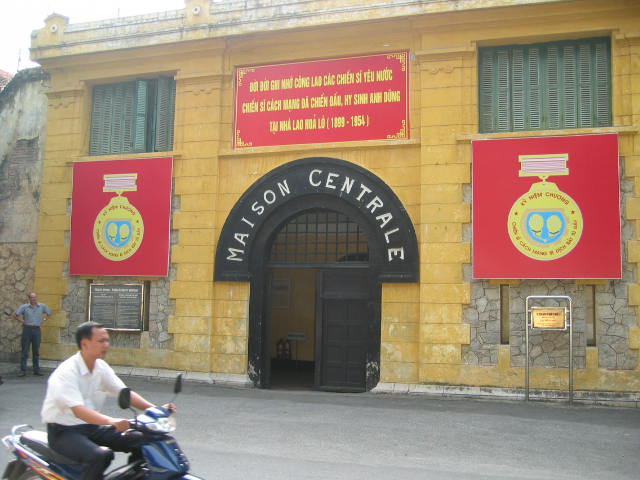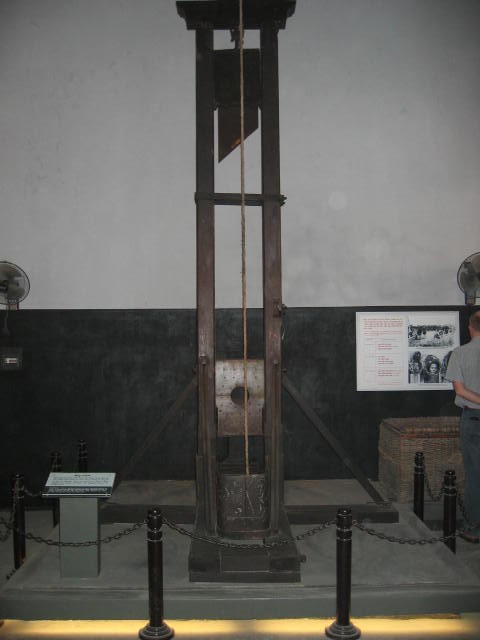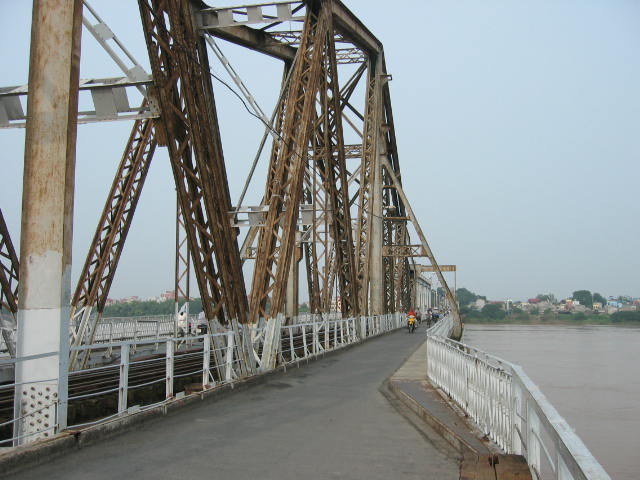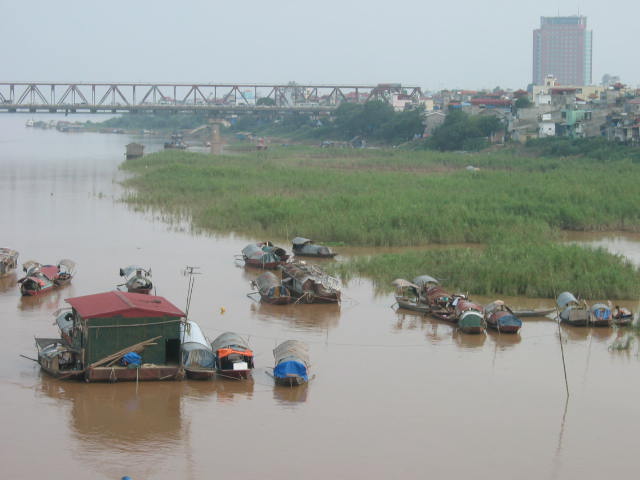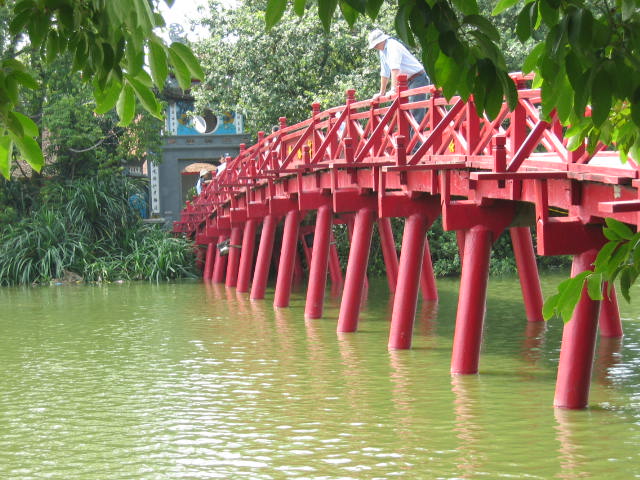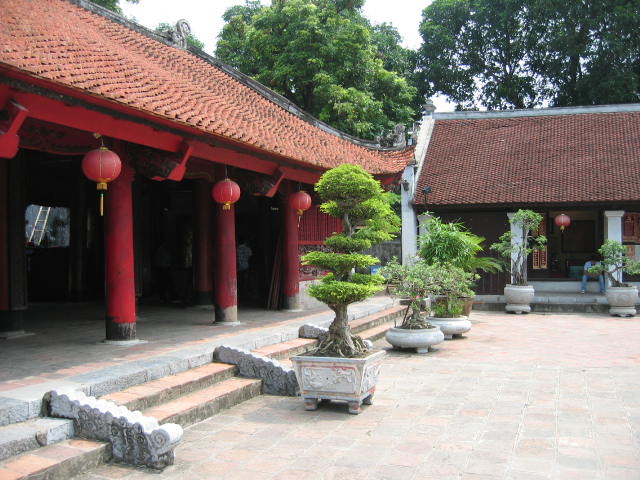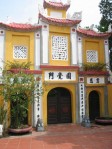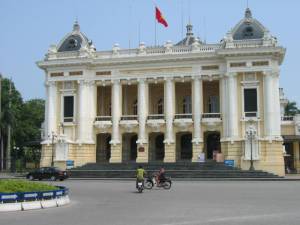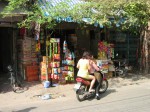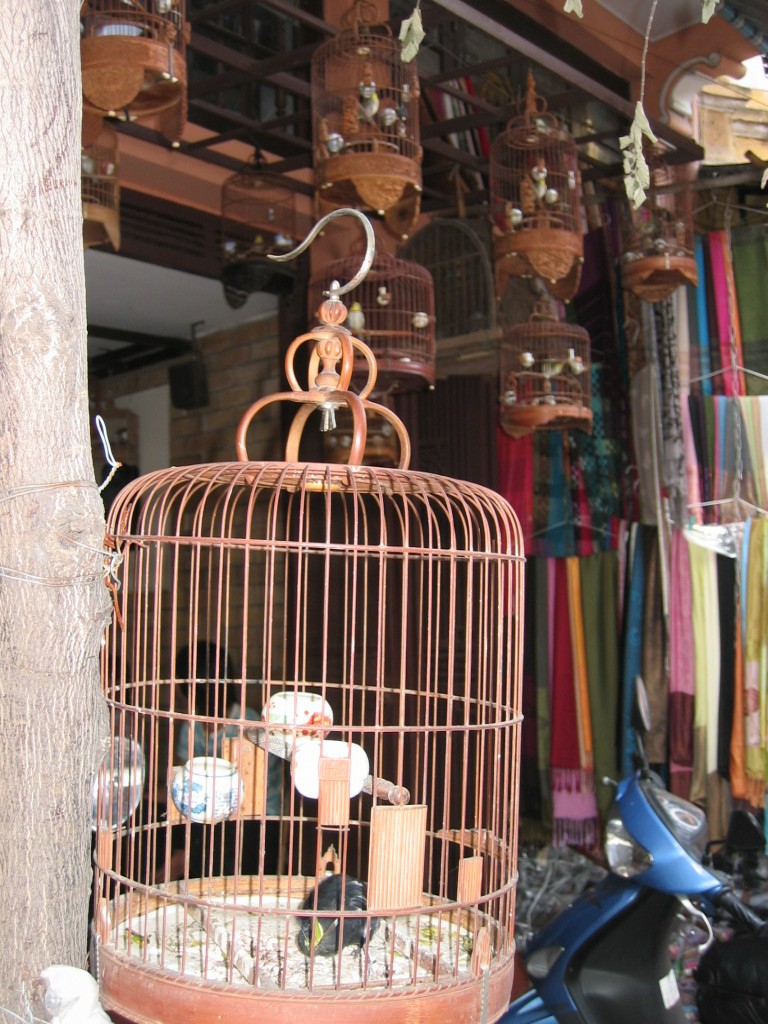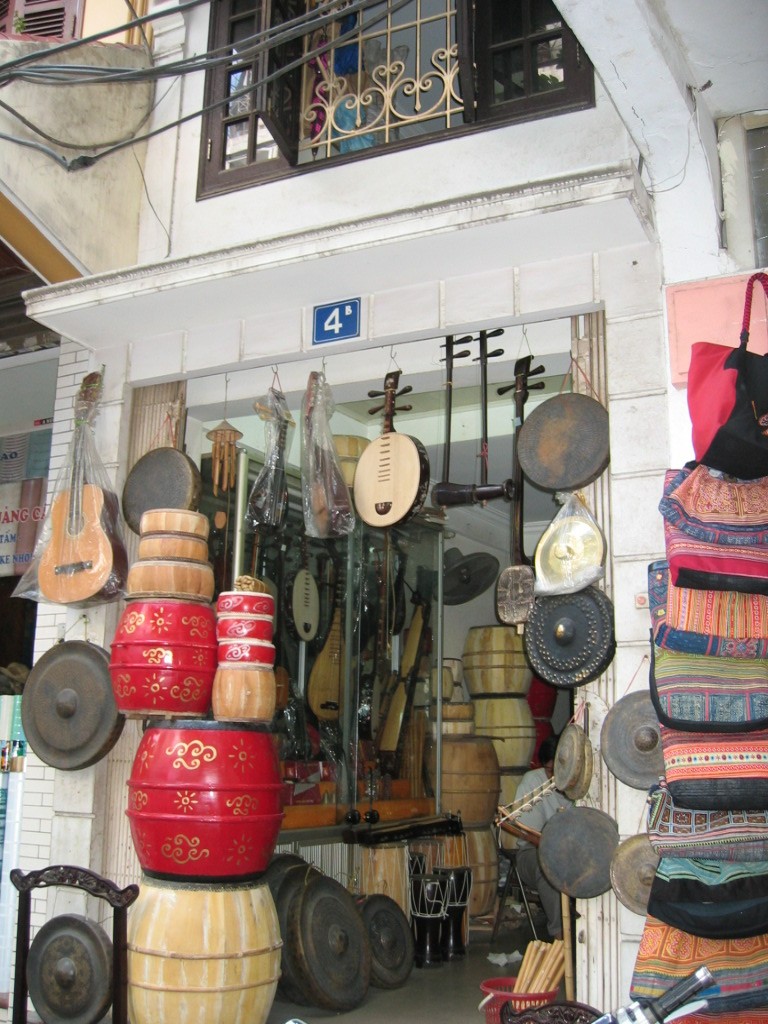École Supérieure des Beaux-Arts de l’Indochine, Hanoi
When France was a colonial power it liked to infuse its overseas territories with a liberal dose of French culture. So in the case of Indochina, that included the French language, the Catholic religion, baguettes, wine, coffee, gendarmes and an appreciation of the arts.
The École Supérieure des Beaux-Arts de l’Indochine was established in Hanoi in 1925 and it instilled western art traditions in generations of fine Vietnamese artists while laying the foundation for the development of a distinctively Vietnamese style of modern art.
Left: Marché de montagne, by Nguyễn Tường Lân (before 1946). Right: Lê Phô (1907-1947)
The school survived wars and independence and has since evolved into the Vietnam University of Fine Arts. Vietnam today is well known for its artists who can knock up a fine reproduction Monet or Van Gogh as well as produce the Vietnam street scenes that are so popular with foreign tourists.
Of course, most art is produced for profits but while researching Da Nang I came across a gallery with a nobler cause.
The Da Nang Artists Company aims to provide talented, disabled Vietnamese artists with a way to market their artwork to an appreciative international clientele.
This acrylic painting of Hoi An was is the work of disabled artist Nguyen Tan Hien who lost the use of his legs and partial use of his arms following a traffic accident. He is a self-taught artist and did not have the benefit of University of Fine Arts training but I think his work is rather nice. Here is one of his watercolours:
You can find more paintings and some silk brocade work on Da Nang Artist’s website. They are available for sale at very reasonable prices and can be shipped world wide.
Da Nang Artists is run by a big-hearted American couple called Virginia and David Lockett who also run a small charity called Steady Footsteps providing physical rehabilitation for disabled people in Central Vietnam. Virginia is an experienced physical therapist who wanted to help improve the lives of the disabled in Vietnam. In 2005 they gave up their comfortable life in America and moved to Da Nang to begin their good work.
Please take a look at Steady Footsteps’ website and read their inspiring story. You might even want to give a donation. They draw no salary so 100% of all contributions goes directly to the people who need it (unlike organizations such as UNICEF, Save the Children or Oxfam whose senior staff pay themselves six-figure, fat-cat salaries from your donations).












